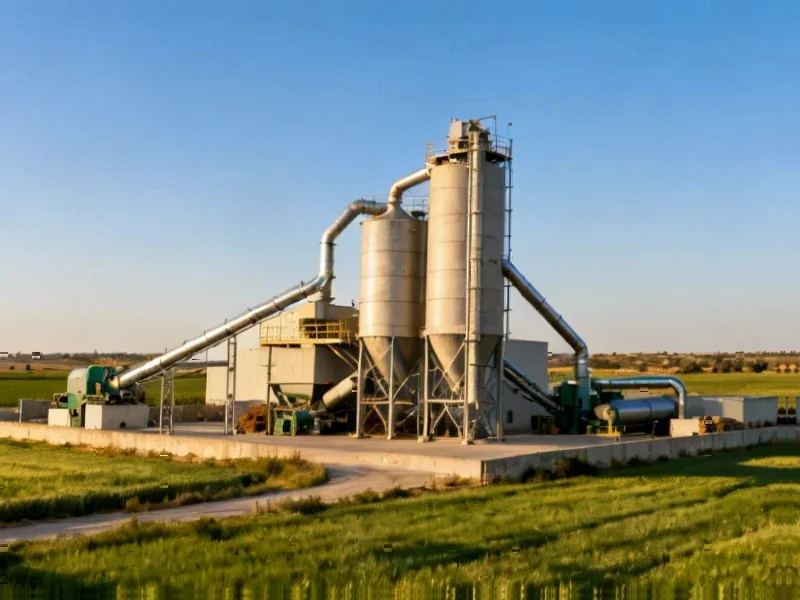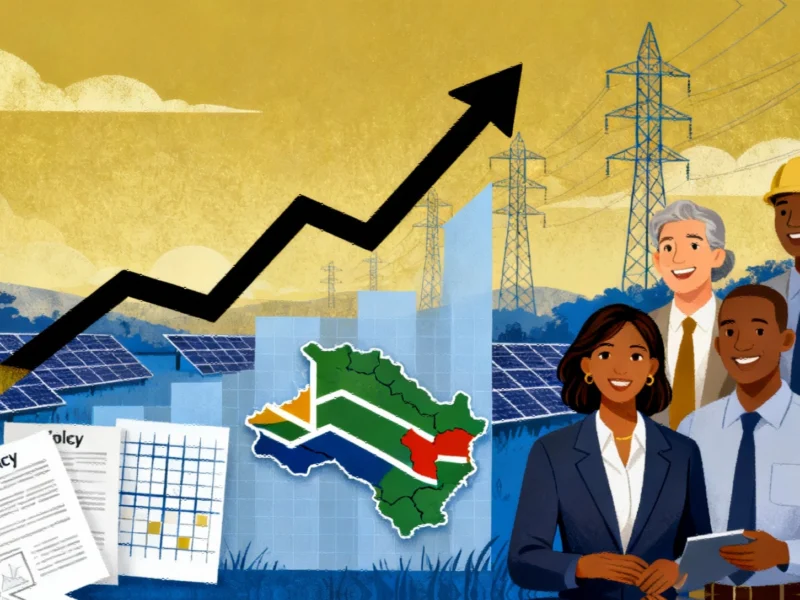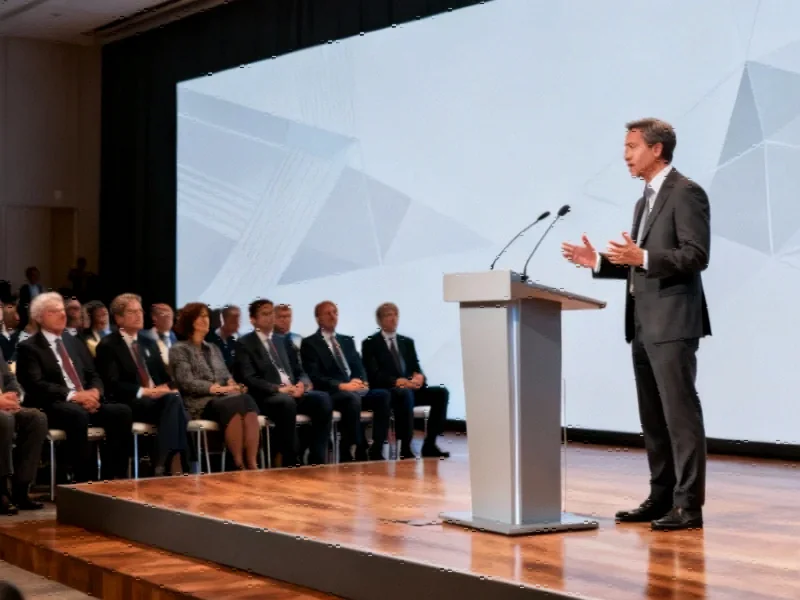According to Manufacturing.net, the Tallgrass Trailblazer Pipeline began operating in September, successfully transporting carbon dioxide from 11 ethanol plants in Nebraska and one in Iowa to be buried 9,000 feet underground in Wyoming. This achievement stands in stark contrast to other carbon capture projects that have faced intense opposition, including Summit Carbon Solutions’ multibillion-dollar pipeline network that has encountered lawsuits, legislative bans on eminent domain in South Dakota, and $1 billion in spending with no guarantee of success. Tallgrass’s success is attributed to community negotiations and financial support, including a unique community investment fund that will distribute over $7 million through 2035 across 31 counties in four states, funded by an initial $500,000 contribution plus 10 cents per metric ton of carbon dioxide transported. The project converted an existing natural gas pipeline rather than building new infrastructure, giving it a significant advantage over competitors.
The Community Engagement Breakthrough That Others Missed
What makes Tallgrass’s approach genuinely innovative isn’t the technology—it’s the recognition that carbon capture infrastructure faces the same fundamental challenge as every other energy project: local acceptance. While competitors like Summit Carbon Solutions focused on regulatory approvals and market economics, Tallgrass understood that landowner resistance could derail even the most technically sound project. Their community investment fund, managed by the Nebraska Community Foundation, represents a structural shift in how energy companies approach local relationships. Rather than treating community benefits as an afterthought or regulatory checkbox, they embedded financial participation directly into the project’s operating model, creating ongoing economic incentives for communities to support the pipeline’s success.
The Unreplicable Advantage: Pipeline Conversion vs. Greenfield Construction
Tallgrass’s most significant advantage—converting an existing natural gas line—is essentially a one-time opportunity that other carbon capture developers cannot duplicate. As natural gas demand continues growing both domestically and internationally, few operators will have underutilized pipelines available for conversion. This creates a fundamental scalability problem for the carbon capture pipeline model. New construction faces exponentially higher costs, more complex regulatory hurdles, and greater community resistance. The industry now faces a critical question: if conversion was the secret sauce, how can future projects succeed without this advantage?
The Economic Incentives Behind the Green Premium
The driving force behind carbon capture isn’t environmental idealism—it’s hard economics. Ethanol plants can significantly lower their carbon intensity score by capturing emissions, making their product eligible for lucrative markets like sustainable aviation fuel. With the aviation industry facing mounting pressure to decarbonize and government mandates pushing adoption, ethanol producers see carbon capture as essential for survival. The federal tax credits for carbon sequestration create additional revenue streams, but these economic benefits haven’t been sufficient to overcome local opposition for other projects. This suggests that the financial case for carbon capture, while strong for developers and ethanol plants, hasn’t adequately addressed the risk-reward calculation for affected communities.
The Regulatory Minefield That Still Awaits
Despite Tallgrass’s success, the regulatory environment for carbon capture pipelines remains fraught with uncertainty. South Dakota’s legislative ban on eminent domain for carbon pipelines represents a significant precedent that other states could follow. The EPA’s underground injection control program adds another layer of complexity, requiring rigorous permitting for both construction and operation. What’s particularly challenging for developers is the patchwork of state-level regulations that can change mid-project, as Summit Carbon Solutions discovered when it had to reroute around South Dakota. This regulatory instability creates massive financial risk for projects that require billions in upfront investment.
The Safety Questions That Remain Unanswered
While the source article mentions community fears about pipeline ruptures, it doesn’t address the technical safety concerns that have dogged carbon capture projects. Carbon dioxide pipelines operate at high pressures, and accidents like the 2020 Satartia, Mississippi rupture demonstrate the real risks. When CO2 pipelines fail, the gas can displace oxygen and create dangerous conditions over large areas. Unlike natural gas, which rises and disperses, CO2 can accumulate in low-lying areas, creating invisible hazards. These safety concerns aren’t just NIMBYism—they’re legitimate technical challenges that the industry has struggled to address convincingly with skeptical communities.
The Billion-Dollar Scalability Question
The most critical unanswered question is whether Tallgrass’s community-focused model can scale to the level needed for meaningful climate impact. Their project serves 12 ethanol plants—a meaningful start but barely a fraction of what’s needed to decarbonize the Midwest ethanol industry, let alone other industrial sectors. Summit’s proposed five-state network would be an order of magnitude larger, but it’s precisely this scale that triggers the most intense opposition. There’s a fundamental tension between the distributed, community-by-community negotiation approach that worked for Tallgrass and the regional scale needed for climate significance. Until developers crack this scaling challenge, carbon capture pipelines will remain boutique solutions rather than climate game-changers.




